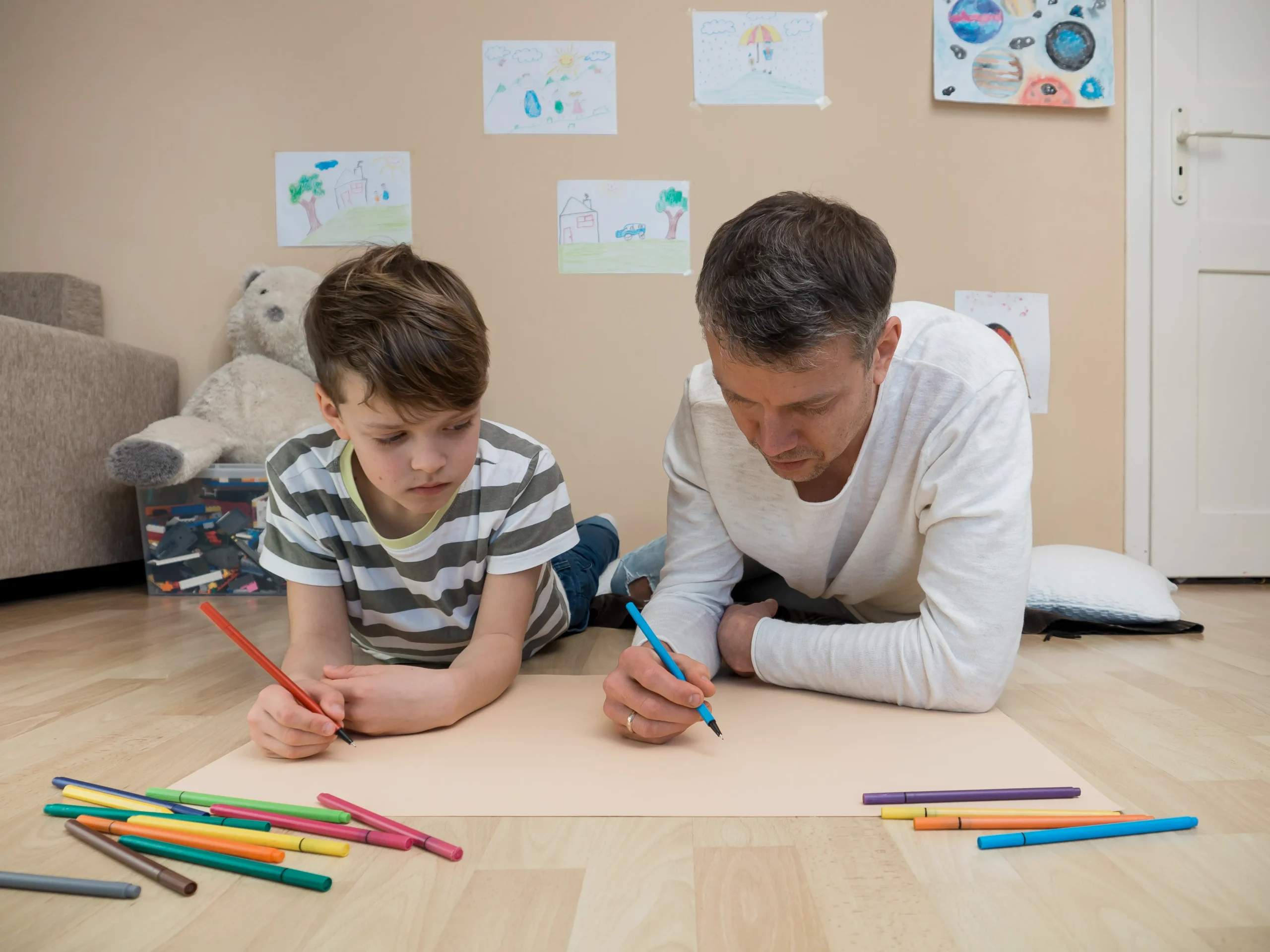A box of crayons, a pile of building blocks, a doll with tangled hair–they are mere toys, but in the hands of a child they were the absolute power. The tools that children play with and at the same time learn some of life lessons like responsibility, decision making and even bravery.
There are no lectures or rule books to read to be responsible; responsibility is learned through doing. Learning by playing is the best way of learning.
Yes, play.
Even playing, by cleaning up their blocks after making a tower or tending to an imaginary pet, can create a huge sense of responsibility in her or his heart.
Responsibility Begins with Choice
Beginning with a crayon. When a child colors within the lines (or not!), she/he provides a decision. They understand that they get what they decide. They could receive applause on pretty coloring, or somebody would request them to clean up in case they do it on walls.
This is where the thing starts: with the decisions.
Through play, children obtain small opportunities to make small decisions and receive minor punishment in a caring environment. This makes them realize that their actions are relevant. That is responsibility in a nutshell.
Pretend Play: Big Lessons in Small Worlds
Did you ever see a child playing at home or school? They behave in an adult manner speaking words as: it is time to clean up! or you have forgotten your lunch! It is adorable, and playing with them is a deep learning.
Pretending enables the children to learn responsibility. They give food to their toy dog, tuck their baby doll in bed or lay the table before the unseen guests. They are being taught how to care, to guide, to become aware of needs- and to fulfill them.
They also develop courage. It requires courage to lead, even in an imaginary world. A slow transfer into real-life takes shape through that belief.
Making Mistakes – and Learning from Them
In play, children would know what could happen when things are not done as they are supposed to be. This is because when building a block tower, they fail to create a solid foundation and thus end up knocking it. The chances of them spoiling their tea party since they have not invited everybody are high.
But magic happens when children play, because failing does not seem terrifying. It is like an experience of the game. This makes it the ideal place to practice responsibility in a lenient manner. They get to know that mistakes are normal, and that they should fix them during their growth.
The saying that it is not a good idea to say, that did not work-let me have a go at it again, is very good teaching in the lesson of responsibility and courage.
The Role of Clean-Up
It might seem small, but asking a child to clean up after playing is a big deal. Doing it is not just about keeping the room tidy. It is about learning how you take care of the things you use and honor shared space.
As children clean up their toys they learn how to be own and take responsibility. It is my responsibility to take care of them, as it is my toys. This ownership becomes pride and subsequently a greater type of responsibility such as homework, housework or time management.
From Playroom to Real World
By playing that they are in charge, children prepare themselves to real life.
A child who recalls feeding her stuffed bunny is also learning how to take care of a real one. When a child builds a broken block tower, he/she is learning resilience. When a child says, “I am sorry to a toy, he or she starts to learn about kindness and honesty.”
These lessons are large. They become good, strong, capable and considerate individuals.
The next time your kid plays with blocks or superheroes just leave him or her alone. Watch quietly. There is something important in each tea party and rescue mission.
They do not only play. They are practicing. They are taught that very little hands can serve the biggest responsibility- bravery, securely and with a touch of creativity.
